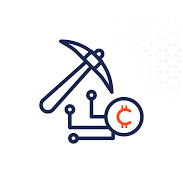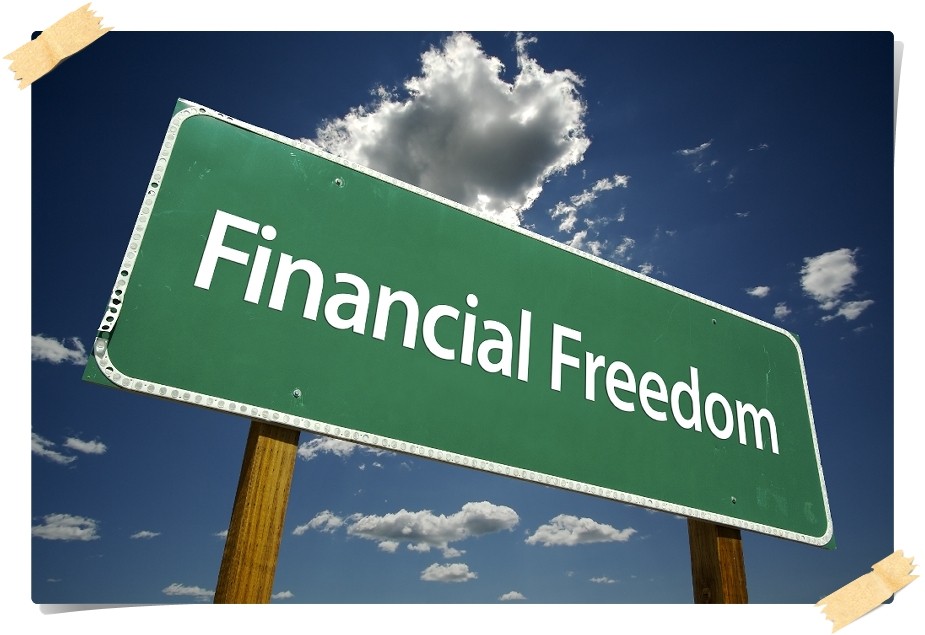Financial independence is not just about having a substantial bank balance; it’s about having the freedom to live life on your terms. It’s the ability to make choices without being limited by financial constraints. Whether it’s retiring early, pursuing your passions, or traveling the world, achieving financial independence opens doors to endless possibilities.

Setting Clear Goals for Financial Freedom
Defining What Financial Independence Means to You
Financial independence means different things to different people. For some, it might mean having enough savings to retire comfortably, while for others, it could be the freedom to start their own business or travel without worrying about money. Take some time to reflect on what financial independence means to you personally.
Identifying Your Financial Goals
Once you’ve defined what financial independence looks like for you, it’s essential to set clear, achievable goals. Whether it’s paying off debt, saving for a down payment on a house, or building a retirement fund, having specific goals will help you stay focused and motivated on your journey.
Creating a Solid Financial Plan
Budgeting and Tracking Expenses
One of the first steps towards financial independence is creating a budget and tracking your expenses. Knowing where your money is going each month allows you to identify areas where you can cut back and save more. Use tools like budgeting apps or spreadsheets to keep track of your spending.
Building Multiple Streams of Income
Relying solely on a single source of income can be risky. To achieve financial independence, consider diversifying your income streams. This could include starting a side hustle, investing in stocks or real estate, or freelancing in your spare time. Having multiple streams of income not only increases your earning potential but also provides a safety net in case one source dries up.
Investing Wisely for Long-Term Growth
Investing is a key component of building wealth and achieving financial independence. However, it’s essential to invest wisely and understand the risks involved. Consider working with a financial advisor to develop an investment strategy that aligns with your goals and risk tolerance. Remember to diversify your investments to minimize risk and maximize returns.
Overcoming Challenges on the Path to Financial Independence
Dealing with Debt
Debt can be a significant obstacle on the path to financial independence. Whether it’s student loans, credit card debt, or a mortgage, carrying a heavy debt load can limit your financial freedom. Develop a plan to pay off debt systematically, starting with high-interest debts first. Consider consolidating loans or negotiating with creditors to lower interest rates and monthly payments.
Managing Impulse Spending
Impulse spending can derail even the most well-laid financial plans. To avoid falling into the trap of unnecessary spending, practice mindfulness when making purchasing decisions. Ask yourself if the item is something you truly need or if it’s just a fleeting desire. Implement a 24-hour rule where you wait a day before making non-essential purchases to give yourself time to reconsider.
Staying Disciplined and Patient
Achieving financial independence takes time and discipline. It’s essential to stay focused on your goals and resist the temptation to veer off course. Remember that progress may be slow at times, but every small step forward brings you closer to your ultimate goal. Stay patient and trust in the process, knowing that financial freedom is within reach if you stay committed.
Cultivating a Mindset of Abundance
Shifting from Scarcity to Abundance
Many people approach money from a mindset of scarcity, believing that there’s never enough to go around. To achieve financial independence, it’s crucial to shift towards a mindset of abundance. Instead of focusing on what you lack, focus on what you have and the possibilities that lie ahead. Cultivate gratitude for the abundance in your life, whether it’s relationships, opportunities, or experiences.
Practicing Gratitude and Contentment
Gratitude is a powerful tool on the journey to financial independence. Take time each day to reflect on the things you’re grateful for, whether it’s a roof over your head, food on the table, or the support of loved ones. Cultivating a sense of contentment with what you have allows you to live more simply and appreciate the richness of life beyond material possessions.
Celebrating Milestones and Progress
Recognizing Achievements Along the Way
On the path to financial independence, it’s essential to celebrate milestones and accomplishments, no matter how small. Whether it’s paying off a credit card, reaching a savings goal, or achieving a milestone in your investment portfolio, take time to acknowledge and celebrate your progress. Reward yourself for your hard work and dedication, and use these moments of celebration to fuel your motivation to keep going.
Staying Motivated Through Challenges
Challenges and setbacks are inevitable on the journey to financial independence. During these times, it’s essential to stay motivated and focused on your long-term goals. Surround yourself with a supportive community of like-minded individuals who can provide encouragement and accountability. Remember why you started on this journey in the first place and keep pushing forward, knowing that every obstacle you overcome brings you closer to your dreams.
Conclusion: Embracing Your Journey to Financial Independence
Achieving financial independence is a journey that requires dedication, discipline, and perseverance. By setting clear goals, creating a solid financial plan, and cultivating a mindset of abundance, you can chart a course towards a future of freedom and fulfillment. Embrace the challenges along the way, celebrate your successes, and never lose sight of the ultimate prize: the freedom to live life on your own terms.
FAQs (Frequently Asked Questions)
- How long does it take to achieve financial independence?
- The timeline for achieving financial independence varies for each individual and depends on factors such as income, expenses, debt levels, and investment strategies. Some people may achieve financial independence in their 30s or 40s, while others may take longer.
- Is it necessary to have a high income to achieve financial independence?
- While a higher income can certainly accelerate the journey to financial independence, it’s not the only factor. What’s more important is how effectively you manage your income, expenses, and investments. Even those with modest incomes can achieve financial independence with careful planning and discipline.
- What are some common mistakes people make on the path to financial independence?
- Common mistakes include overspending, failing to save and invest consistently, taking on too much debt, and neglecting to plan for unexpected expenses or emergencies. It’s essential to avoid these pitfalls and stay focused on your long-term goals.
- How can I stay motivated during challenging times on the journey to financial independence?
- Surround yourself with a supportive community, track your progress regularly, visualize your goals, and celebrate small victories along the way. Remind yourself of the reasons why financial independence is important to you and stay committed to your vision.
- What role does mindset play in achieving financial independence?
- Mindset is critical on the journey to financial independence. Adopting a mindset of abundance, gratitude, and resilience can help you overcome obstacles, stay focused on your goals, and maintain a positive outlook, even in the face of challenges.




